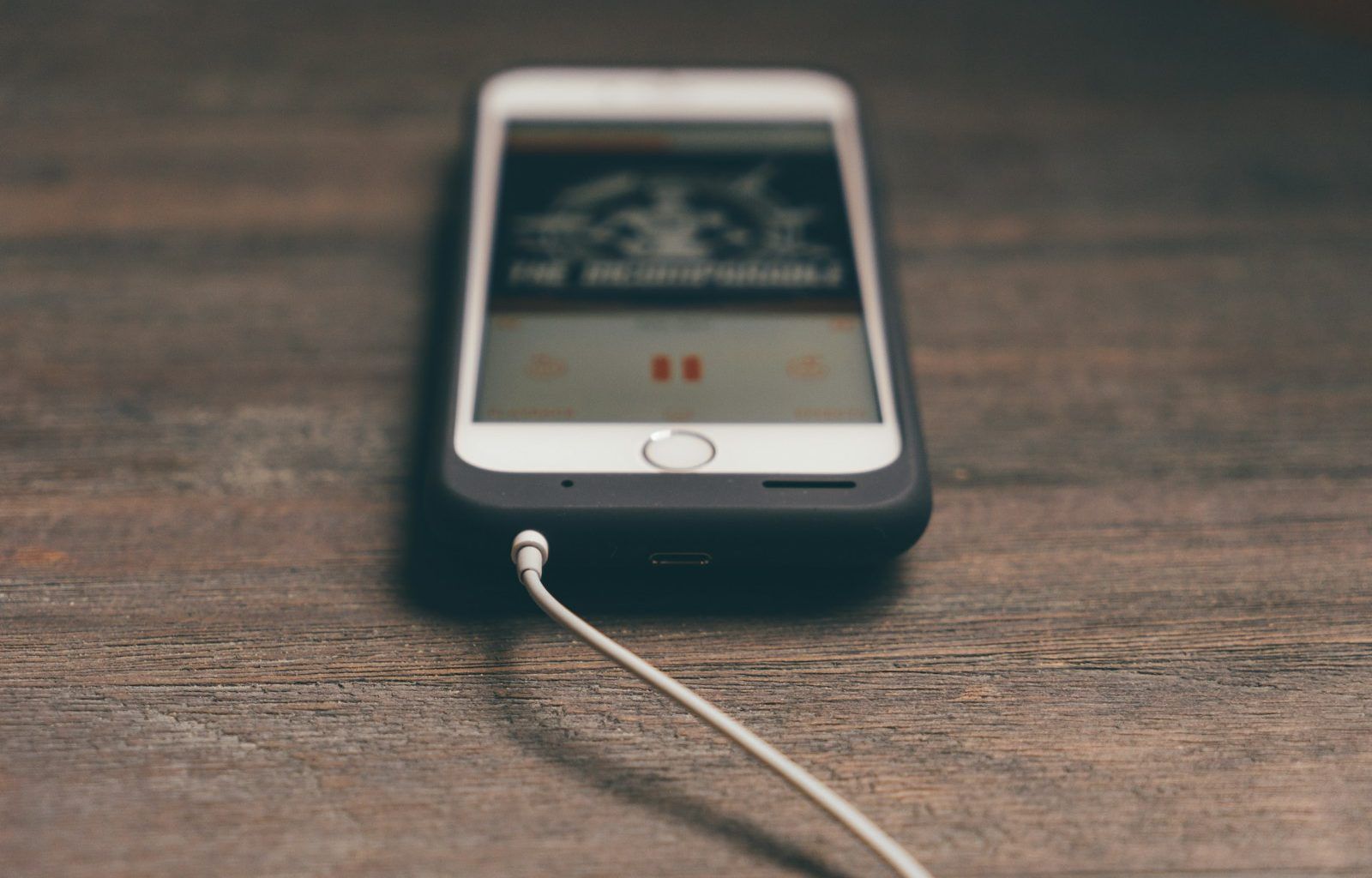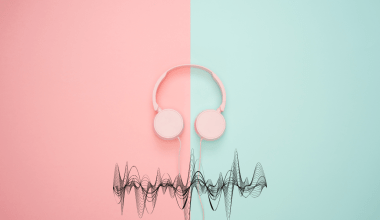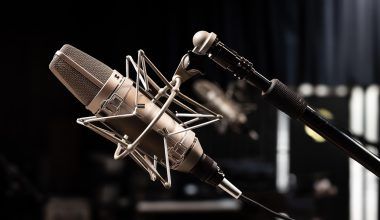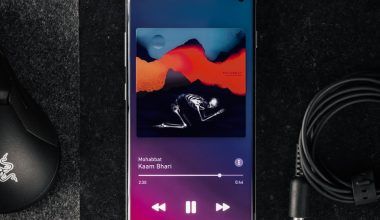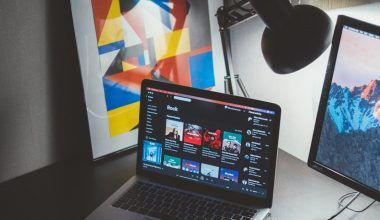If you’re an independent artist looking to get your music on Spotify, Apple Music, and other streaming platforms, you’ve probably heard about music distributors. These companies make it easy to get your music online but often come with fees or take a share of your earnings. But did you know there are ways to release your music on all streaming platforms without a distributor? Yes, it’s possible, and we’re here to guide you through it step by step.
Releasing your music independently can give you more control over your work, your royalties, and even your timeline. Let’s explore how you can make it happen.
Why Release Music Without a Distributor?
Using a distributor can be convenient, but it’s not for everyone. Many independent artists prefer to keep things in-house to save money or have complete ownership of their projects. Here are a few reasons why you might choose to release your music without a distributor:
- Save on Fees: Many distributors charge upfront fees, annual subscriptions, or take a percentage of your royalties.
- Full Control: You decide when and how your music goes live on platforms.
- Flexibility: Adjust your release strategy without relying on a third party.
Now that you know the “why,” let’s dive into the “how.”
What You Need to Get Started
Before you begin the process of releasing music on all streaming platforms without a distributor, you’ll need a few essentials:
- Your Music Files: Ensure your tracks are in a high-quality format like WAV.
- Album Artwork: Most platforms require cover art with specific dimensions (usually 3000×3000 pixels).
- Metadata: This includes your song titles, artist name, album name, and more.
- Digital Rights Management (DRM): Ensure you own the rights to your music and artwork.
Once you have these basics covered, you’re ready to move forward.
Step-by-Step Guide to Release Your Music Independently
1. Register as an Artist on Streaming Platforms
Most major platforms like Spotify, Apple Music, and YouTube Music allow artists to claim their profiles. Here’s how you can get started:
- Spotify for Artists: Sign up directly on their website. You’ll need to verify your identity and provide details about your music.
- Apple Music for Artists: Similarly, Apple Music lets you create and manage your profile. Visit their artist page to register.
- YouTube Music: If you’re already uploading your songs to YouTube, you can opt into YouTube Music automatically.
Claiming your profiles ensures you have control over your artist pages and can upload music directly.
2. Use Free or Affordable Tools for Uploading
Some platforms offer direct upload features for independent artists. For instance:
- SoundCloud: You can upload your music directly, and they even offer distribution options for a small fee if needed.
- Audiomack: Another great option to upload music for free and reach millions of listeners.
- Bandcamp: Perfect for selling your music directly to fans while also offering streaming.
By using these tools, you can bypass the need for traditional distributors.
3. Optimize Your Metadata
Metadata is critical when you release your music on all streaming platforms without a distributor. Platforms rely on this information to organize and display your tracks. Ensure the following:
- Your song titles are accurate.
- Your artist name is consistent.
- Genre tags and release dates are included.
4. Leverage Aggregators
If direct uploads aren’t possible, consider using aggregators. Aggregators are different from distributors because they act as a bridge without taking cuts from your royalties. Services like FreshTunes and Amuse allow you to release your music for free or at a low cost.
5. Promote Your Music
Once your tracks are live, the real work begins: promoting them! Use social media, email marketing, and collaborations to get your music in front of listeners. You can also pitch your songs to playlist curators for added exposure.
6. Monitor Your Streams and Earnings
Platforms like Spotify and Apple Music provide analytics to track your streams, listeners, and revenue. Regularly check these stats to understand what’s working and where you can improve.
7. Handle Your Payments
Unlike distributors who collect and distribute your earnings, you’ll need to manage this yourself. Ensure you set up payment methods with each platform and keep track of your earnings.
Challenges and How to Overcome Them
Releasing your music on all streaming platforms without a distributor does come with its challenges. Here’s how to tackle some common issues:
- Time-Consuming: Managing multiple platforms can be tedious. Use tools like spreadsheets to stay organized.
- Technical Barriers: Learning the upload requirements for each platform can take time. Look for tutorials or community forums for help.
- Promotion: Without a distributor, marketing falls entirely on your shoulders. Invest in learning how to run ads and build a fanbase.
Final Thoughts
Releasing your music on all streaming platforms without a distributor is entirely possible with the right approach. While it may take more effort upfront, the rewards of maintaining full control over your music and earnings are well worth it. With careful planning, organization, and a bit of hustle, you can reach listeners worldwide without relying on a third-party distributor.
Start small, stay consistent, and remember that your journey as an independent artist is uniquely yours. Now, get out there and share your music with the world!
Related Articles:
For further reading, explore these related articles:
- How to Release Your Music on iTunes Quickly
- How to Release Your Music on iTunes in 2025: A Step-by-Step Guide
For additional resources on music marketing and distribution, visit DMT RECORDS PRIVATE LIMITED.
